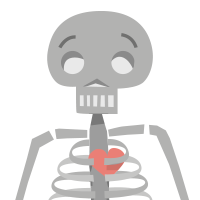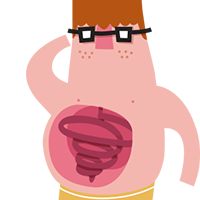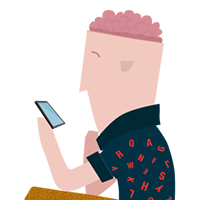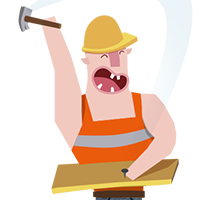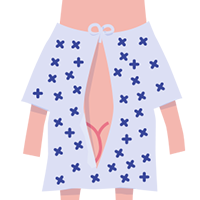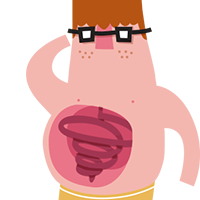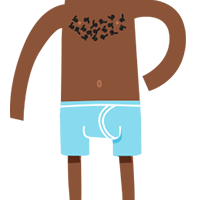
One of the commonest Cancers in younger men
Testicular Cancer
There is a 95% survival rate of Testicular Cancer, due to it often being caught early.
Testicular Cancer, we’re sure this is one you’ve heard a lot about. Testicular Cancer is rare, with it making up only 1% of all Cancer cases in men. It’s most common in younger men between 20 and 40.
As this is one of the Cancers men are always made more aware of, it’s often caught in the earlier stages – which means there is now a 95% survival rate (this has also been helped by advancements in treatment).
The best way to spot Testicular Cancer early is to know your testicles well (and we’re sure this isn’t a problem for most of you). This will mean that you’ll know when something isn’t normal for you and you can get checked out.
2,000 men are diagnosed with Testicular Cancer in the UK every year
47% of cases occur in men under 35, and over 90% are found in men under 55 years old
5 times more common in white men than in black men, though the reasons for this are unclear
95% of men diagnosed in the early stages of Testicular Cancer will be completely cured
Prevention
As with other Cancers, the exact causes of Testicular Cancer are not known. But there are certain factors that can make you more prone to it.
These can include:
- Family history (if you have a father or brother who’ve had it)
- An undescended testicle
- Ethnicity (it’s more common in white men than African-Caribbean or Asian men)
- HIV / Aids
- Smoking
- Infertility
Symptoms
The main thing you should be looking out for is a lump or swelling in one of your testicles about the size of a pea (but it could be larger).
Other common symptoms can include:
- One testicle becoming significantly larger than the other
- A dull ache or sharp pain in your scrotum or testicles
- A dull ache in your stomach area
- A feeling of heaviness in your scrotum
Remember, a lump in your testicle isn’t automatically cancerous. It can be a number of things, but should always be checked by a doctor.
When you visit your GP they’ll examine your testicles, and if necessary you may be referred for an ultrasound, blood test or biopsy to investigate further.
Less than 4% of testicular lumps are cancerous. In the unlikely event that you do have Testicular Cancer, the sooner treatment begins, the greater the chance that you’ll be totally cured.
Alternatively, you can also visit a local sexual health clinic. The healthcare professionals will be able to examine you and can rule out other potential causes.
MOT
We recommend checking yourself regularly for any unusual lumps or bumps on your testicles.
Here’s a handy guide to checking yourself (you’re best off doing this after a bath or shower if possible)…
- Use both hands when examining each testicle
- Place your index and middle fingers under the first testicle with the thumbs placed on top
- Roll the testicle gently between the thumbs and fingers
- Repeat the process with the second testicle
If you spot anything unusual it doesn’t necessarily mean you have Testicular Cancer, but you should go visit your GP in case there is an underlying problem.

